[DISPLAY_ULTIMATE_SOCIAL_ICONS]
Remember when one of the first things consumers would say about electric vehicles was that they were weird looking?
And let’s be honest, they had a point. The Nissan LEAF, the original poster child of EVs at minimum was quirky looking, and in the eyes of many it was simply ugly.
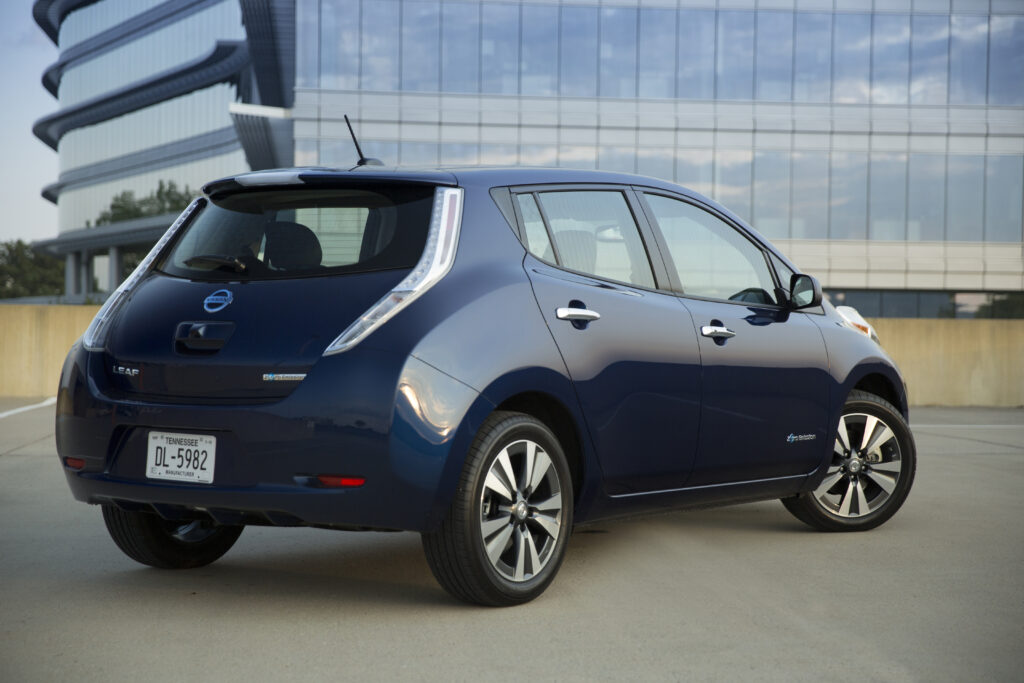
And let’s not forget EVs like the Mitsubishi i-MIEV.
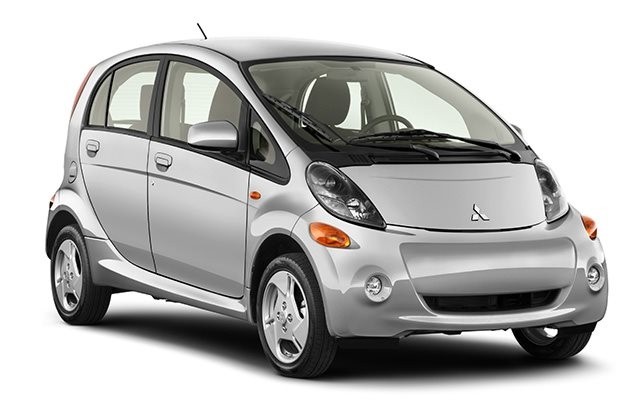
Or the BMW i3 … which I personally don’t mind but my family can’t stand.
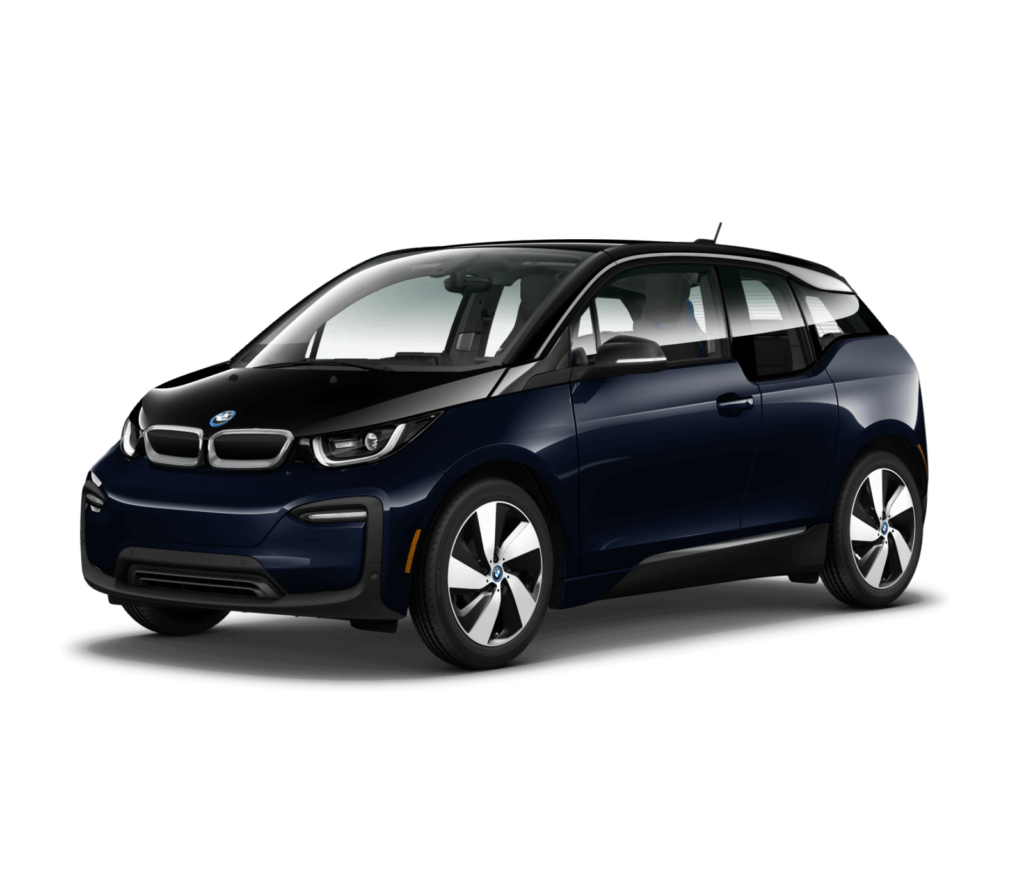
And finally the Honda Clarity, which screams weirdness and alternative powertrain.
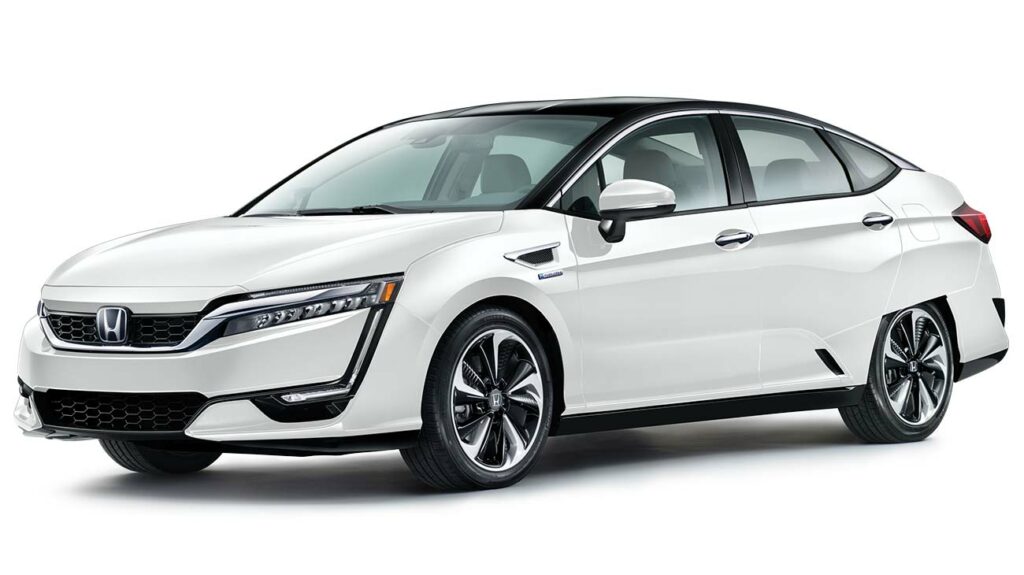
While 2019 is going to be a somewhat disappointing year for EV sales in the US, there is a positive development in the next wave of EVs coming to America. If you look at the new EVs that have either already reached dealers in the last 6 months or will be available within the next 9 months, they all have one thing in common. They basically look normal.
These EVs include the Jaguar I-PACE, Hyundai Kona Electric, Kia Niro Electric, Audi e-tron, Porsche Taycan, Mercedes-Benz EQC and BMW iX3. By most accounts these vehicles are either attractive or at worst, somewhat normal looking. Let’s take a look at them:
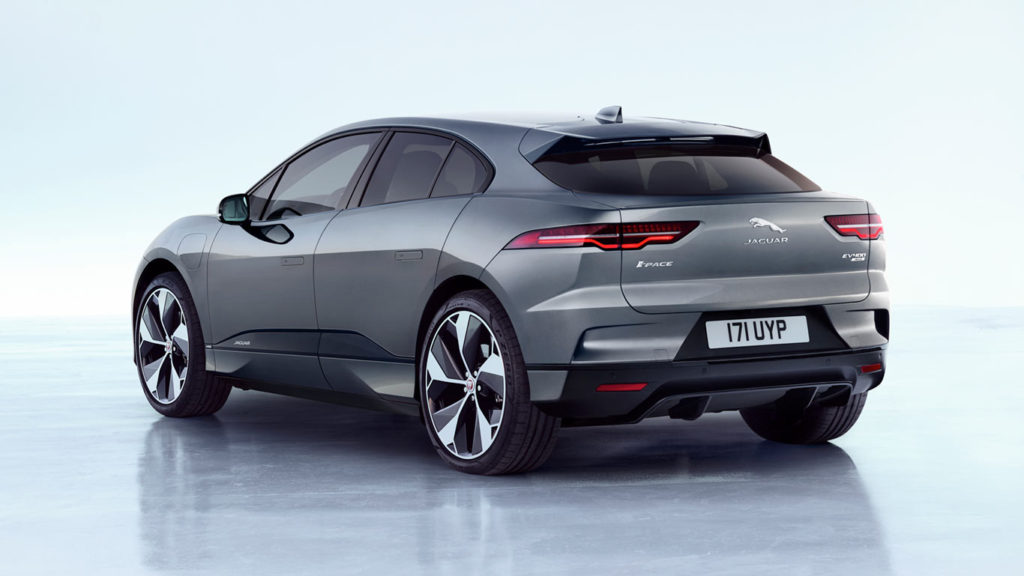

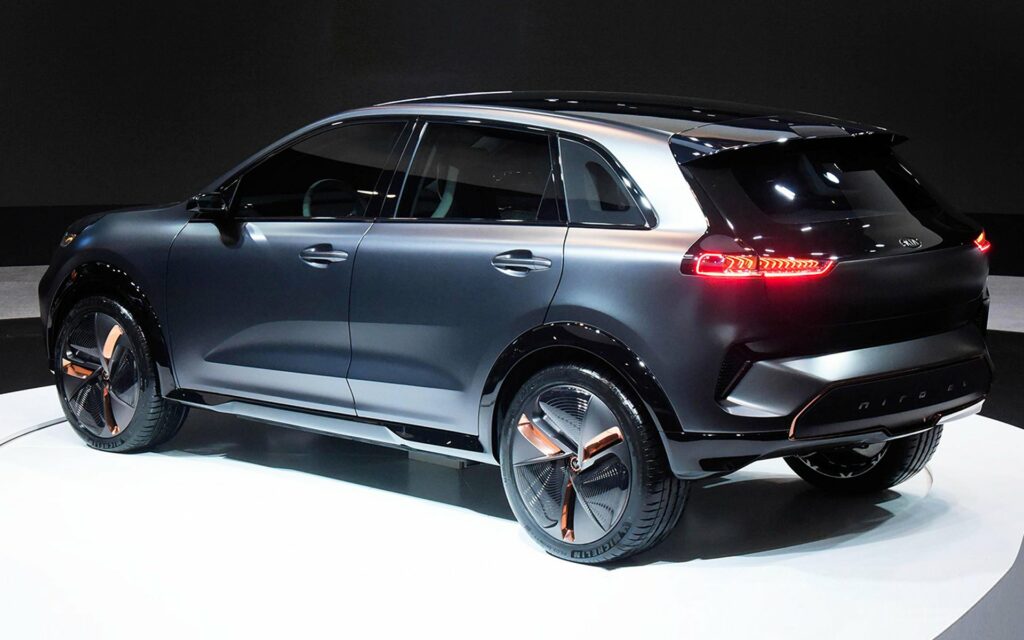
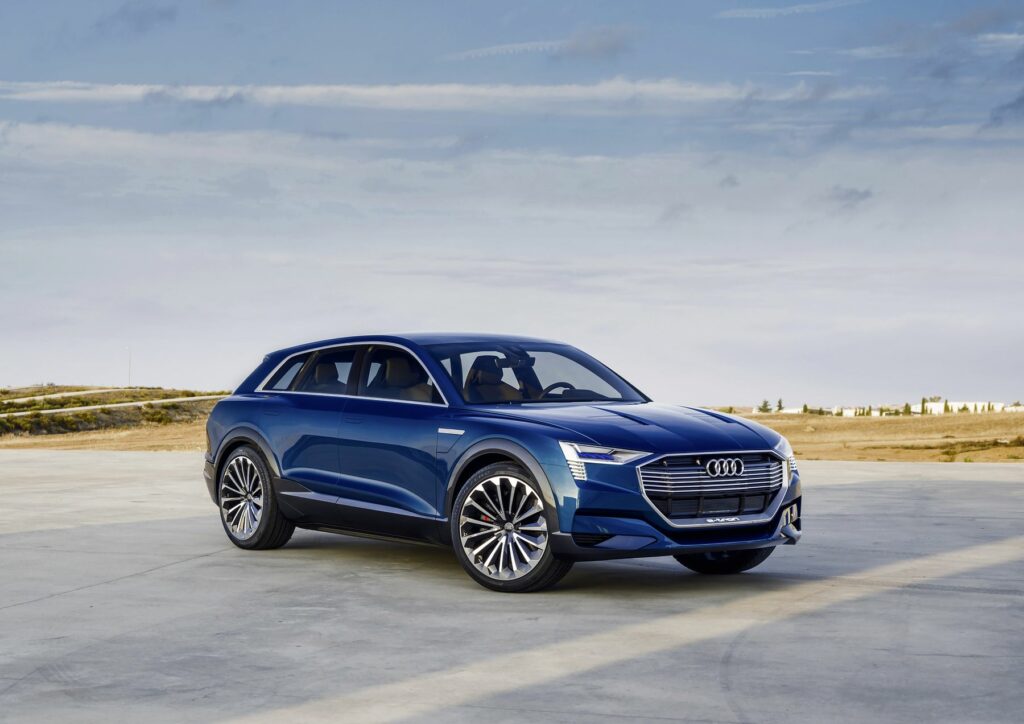
Static photo, Colour: electric green 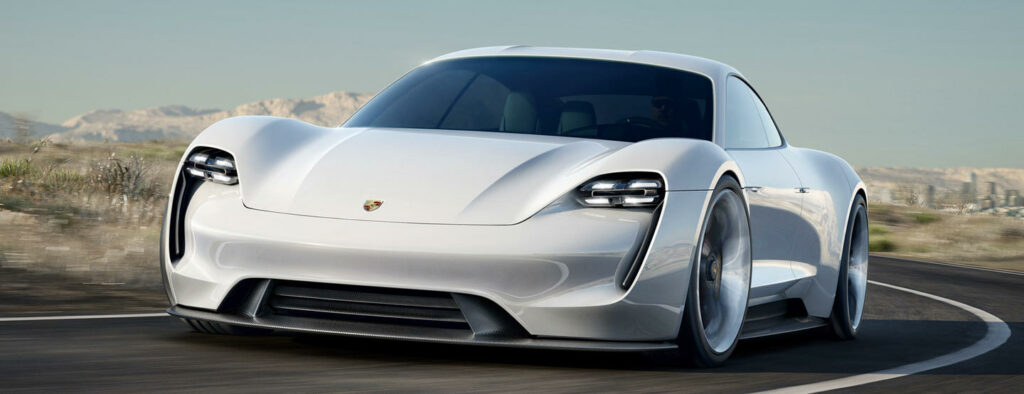

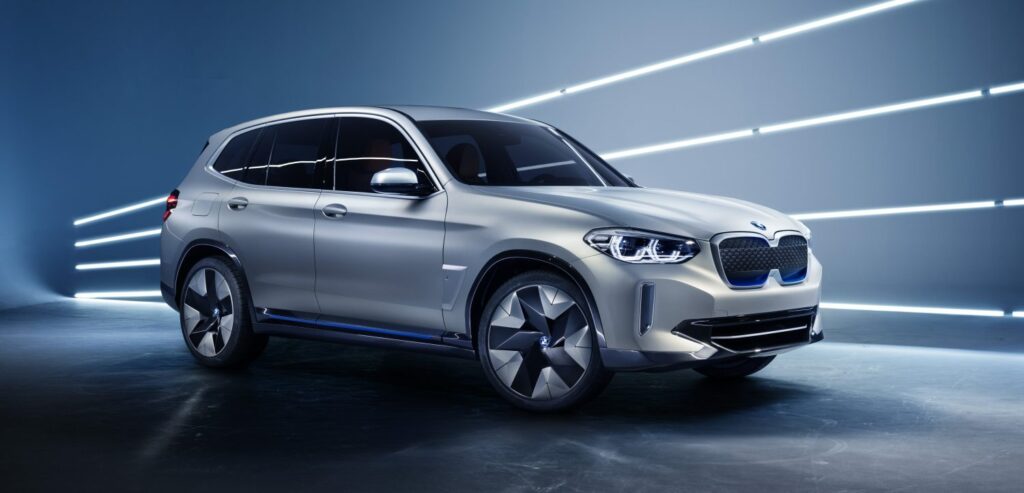
View all new or updated EVs available in the US in 2019.
For several years the Nissan LEAF was the poster child of successful EVs. It sold well but its looks either attracted or repelled buyers. Nissan recently redesigned the LEAF for the 2018 model year and while it still shares many of the traits of the original LEAF, it looks a bit less quirky and dare I say almost normal and even OK looking.
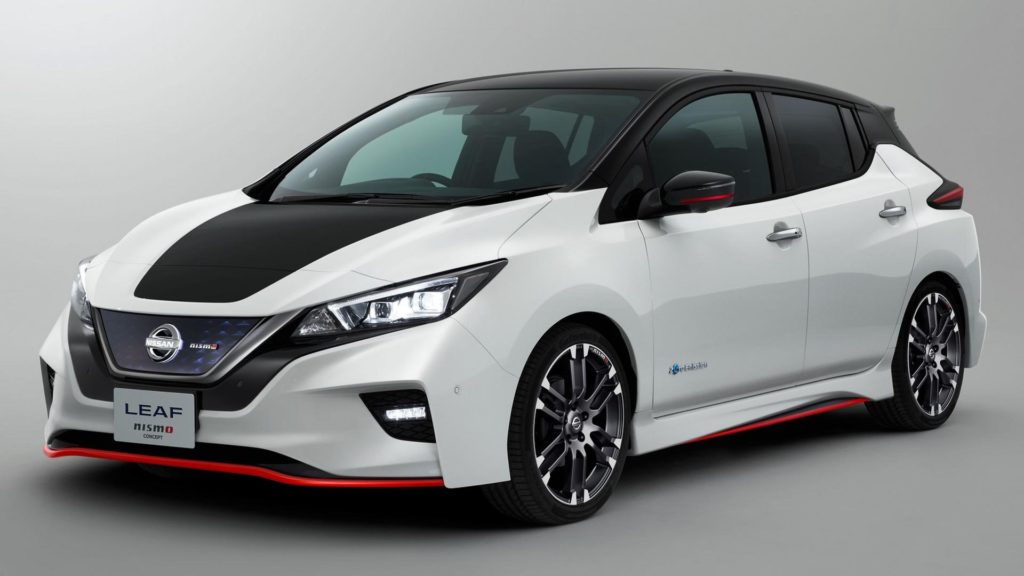
Is Normal A Good Thing?
While most new EVs coming to market are generally perceived as being normal looking, it’s also a double-edged sword.
As I wrote about in “Conspicuous Conservation” — Why Distinctive Electric Vehicles Are Critical To Attracting Early Adopter Buyers, there is strong research to support the idea that in certain markets consumers are rewarded (“bona fides”) by their neighbors for driving vehicles that are immediately recognized as being green. The poster child and the basis of the research was the original Toyota Prius. Then when electric cars emerged in about 2010, the Nissan LEAF became the leader of “green signaling” vehicles.
The Tesla Model S, Model X and now Model 3 played to a different flavor of conspicuous conservation. Because Tesla only makes electric vehicles, are known as being expensive, fast and high-tech – the cars stand out and make a statement – without having to be “different” looking.
While it’s still early, one case in point where “normal” may be a challenge is the Jaguar I-PACE. The all electric crossover from Jaguar has received much praise and even recently was voted both World Car of the Year and World Green Car of the Year.
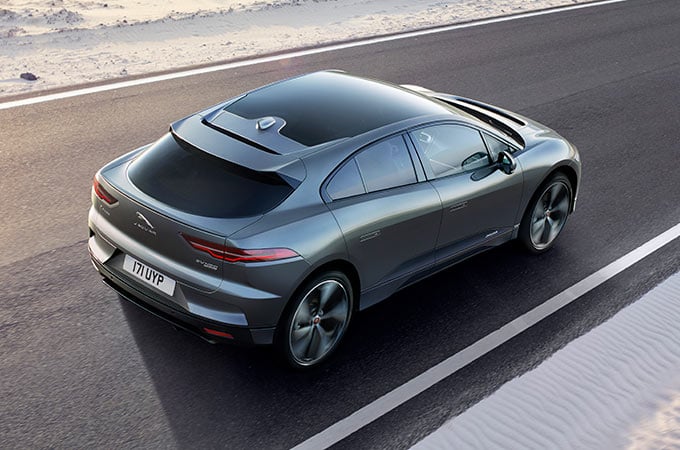
The Jaguar was never going to be a high-volume seller, but it should be seeing sales perhaps at least double or triple its average so far of approximately 211 units per month in 2019.
Sales of the Tesla Model X have declined recently and been a bit sporadic over the last several months, but according to estimates from InsideEVs, it is still averaging 1,225 sales per month in 2019. That puts it roughly 1,000 more sales per month than the Jaguar, yet the Jaguar costs less and has the prestige of the Jaguar brand behind it. As great of a car that the I-PACE is, it is not “conspicuous” and doesn’t really stand out from Jaguar’s gas-powered crossovers.
The Hyundai Kona Electric and Kia Niro Electric models, which recently become available in the US, are more difficult to assess because neither models are widely available and the manufacturers have said they are supply constrained. Both models are variants of gas, hybrid, or plug-in hybrid models which provides even less distinction and bona fides. I wrote about this and conducted significant analysis that suggests that EVs that share a platform tend to underperform sales of standalone EV models.
With the Audi e-tron now available in the US and electric models coming to market from Mercedes-Benz and BMW – all of which look normal – a key question remains if being “normal” looking will have a positive or potentially negative impact on sales?
In a few years when EVs start to become more mainstream, being normal and just being viewed as another car will be a good thing. But for the near term, and in markets where EVs are primarily only being purchased by “early adopters,” EV models have to stand out and be differentiated in a fairly significant way to see exceptional sales.
 Announcing the acquisition of EVAdoption by Paren →
Announcing the acquisition of EVAdoption by Paren →